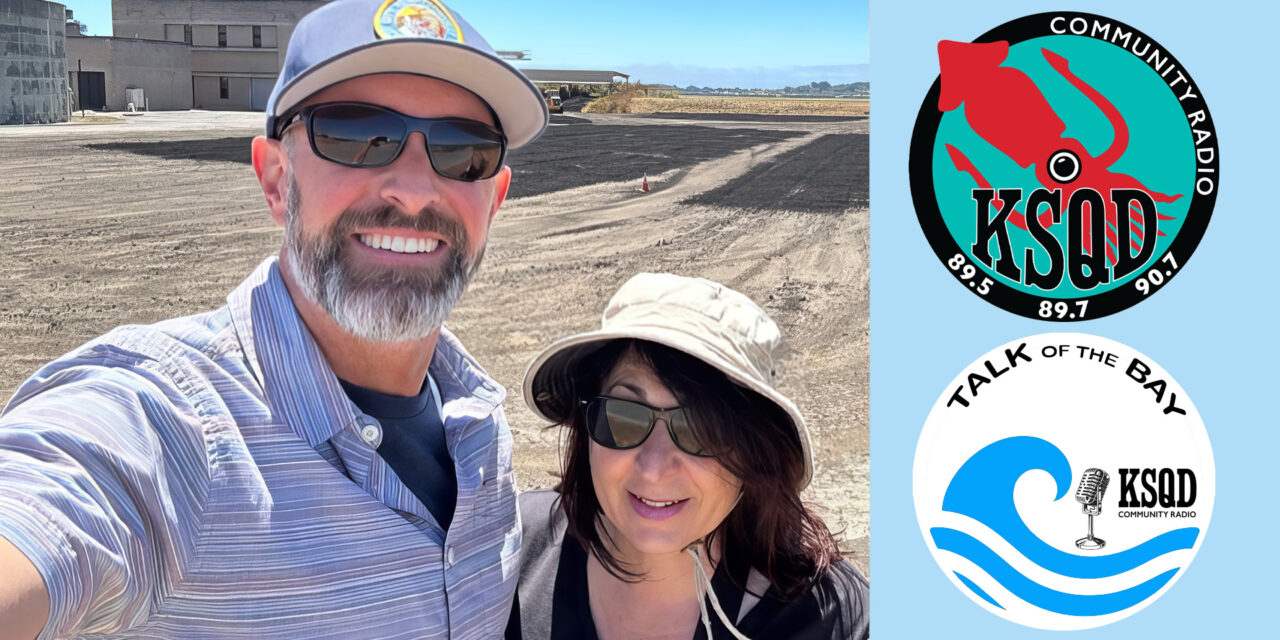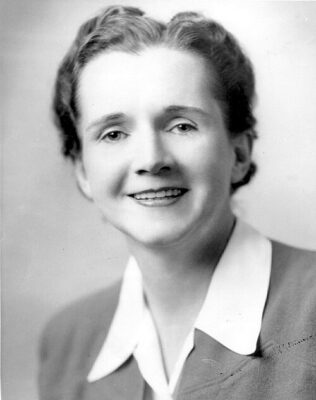
In the wake of the 2020 CZU Lightning Complex Fires, it has been well-documented that many residents whose homes burned down in the blaze have struggled to rebuild or have given up entirely with many citing septic requirements as a major obstacle.
For instance, after extensive planning, some residents were told their previous septic system was outdated and had to be upgraded in order to proceed with the build—a cost prohibitive proposition for cash-strapped residents trying to move home.
Moreover, when we look at the sanitation landscape through a wider lens, it brings into focus a whole host of other issues associated with how we process and dispose of human waste.
What happens when disaster strikes and entire communities are left without a functioning wastewater system? How about water scarce regions that can’t afford to flush a precious resource down the toilet a few times per day? And, like most resource-driven issues, climate change has already supercharged the problem.
Talk of the Bay Host PK Hattis recently sat down with Alisa Keesey and Ryan Smith from GiveLove, a California-based nonprofit promoting the use of container-based sanitation systems. Keesey, the organization’s co-founder and director, and Smith, its technical lead, say not only are these water-free systems environmentally sustainable, but they’re easy to set up and use.
Keesey and Smith walk us through the benefits of container-based sanitation in the climate change era and describe a pilot program that has been launched in Santa Cruz County that puts these systems to the test.












